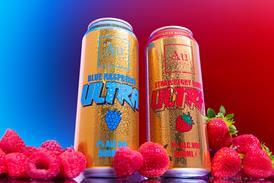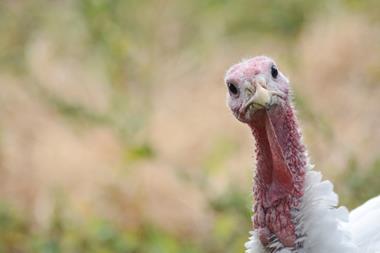
What we eat – and its impact on our health – is about to be upended by forces far stronger, stranger, and more disruptive than most consumers can imagine. Even the food sector itself is not ready.
What’s coming is not a single consumer trend or geopolitical shift, but a maelstrom. It will be powered by appetite-suppressing drugs, our emerging understanding of ultra-processed food (UPF), artificial intelligence, and microbiome science (itself made possible by AI). Each of these would be disruptive enough on its own. Together, they are set to redraw the map of food consumption – and force a reckoning in government policy.
The major disruptions
Over the past few weeks, together with my Bramble colleagues, I’ve been on a pilgrimage into the future. We travelled to the Netherlands, home of Europe’s most advanced food labs; visited the John Innes Centre in Norfolk, where leading wheat geneticists shared their latest breakthroughs; talked to UK ministers about regulation, and the world’s leading scientists about ultra-processed food, appetite-suppressing drugs, and AI.
Let’s start with the GLP-1 agonists. Wegovy and Mounjaro are to appetite suppressants what Prozac was to SSRI antidepressants: just the beginning. There are almost 200 other drugs in known trials. As they become cheaper and more accessible (especially in pill form), their popularity will continue to surge. Barring a major scare over side effects, food consumption will fall.
Simultaneously, we are discovering more about why and which UPFs are harmful to health. Recent evidence, for example, shows emulsifiers significantly worsen Crohn’s disease. Expect other ingredients to follow.
In the North Devon Biosphere Reserve last week, I found myself discussing gut biome science with the former head of research at a global pharma company. He is convinced that most chronic diseases – including cancer, Alzheimer’s, arthritis and depression – stem from the immune system either failing to eliminate low-grade pathogens or overreacting to them.
He expects pharma companies to pivot to creating selective antibiotics that only kill the bad bugs – which is, apparently, very difficult. As the gut plays a central role in regulating the immune system, doctors will also focus on diets that maintain a healthy microbiome to suppress the pathogens and tackle these diseases.
Then there is AI. Not just another tool, but a system-wide intelligence. The combination of cheap genetic sequencing and AI is already helping scientists to decode soil and gut microbiomes – a task so complex it once seemed impossible. In much the same way that calculus unlocked new ways of understanding physics, AI will revolutionise what biological scientists are capable of.
To take one practical application, AI can be used to design foods that target specific biological processes – from gut inflammation to metabolic function. It can simulate how certain ingredients will interact with the body, before anything goes into the mixing bowl. And in time, it will enable truly personalised nutrition. Ingestible sensors – a tiny pill that samples your gut as it passes through – will help create dietary advice tailored to your internal biology, in real time. This isn’t just a faster system – it’s a smarter one.
Keeping up with the times
Governments are lagging behind. The levers at their disposal – regulation, incentives, procurement – are built for a slower world. But until they see improvements in dietary ill health, the regulatory baseline will continue, inexorably, to rise.
What does all this mean for anyone working in food?
The individual effects are big enough on their own. If you’re in snacks: are you ready for the possibility that 30% of your customers may soon be on GLP-1s and just… not hungry? If you’re in ready meals: what happens when AI-driven diets start prescribing fermented food, whole grains and beans, and rejecting half your range? If you make sauces, cereals or dressings: are you ready for a backlash against emulsifiers and additives? Each of these is disruptive on its own – but many businesses will be hit by more than one at once.
This is not just about managing risk. It’s also the biggest opportunity in a generation. But only for those who are willing to break with old assumptions and ask hard questions now.
There is one final twist. We know this shift is coming, we just don’t know when. Change, to misquote Hemingway, happens gradually, then suddenly. The system is shifting – slowly, for now. But at some unknowable point, the pace will quicken. When it does, it’ll be too late to catch up. The time to act is now.
Henry Dimbleby, author of the National Food Strategy and managing partner of Bramble Partners


















No comments yet